Knee Pain Do and Don’t (Knee Care)
Introduction
People of all ages are subject to the prevalent issue of knee discomfort. Your knee pain could potentially be caused by an injury such as a ruptured ligament or torn cartilage.
Many types of moderate knee soreness are effectively treated with self-care strategies. Physical therapy and knee braces are other choices for pain management. However, in rare cases, knee surgery may be necessary.
Knee Pain Does:
Do: Rest a Sore Knee:
- Allow your knee to heal by taking a break. Minor knee pain can be relieved with rest for one or two days, while more serious injuries could require more time off. If, after a few days, it doesn’t improve, see your doctor.
Do: Use RICE:
- To treat a knee injury, use the RICE formula:
- Take a day or two off for some rest.
- Use ice on your knee to minimize edema.
- For support and to prevent fluid accumulation, compress your joint.
- To reduce swelling, elevate it on a stool or pillow.
Do: If you require a cane, use one:
- As you go about, use something to steady yourself. Select a walking stick that is light, strong, and has an easy-to-grip handle and a rubber tip. To ensure that it is at the proper height, hold it at a 45-degree angle. To increase the likelihood that you’ll use it, look for one in a color or style you prefer.
Do: Watch Your Weight:
- Excess weight strains your knees and increases your chances of injuries and excruciating arthritis. However, even a small amount of weight loss helps a lot. If you require to lose some weight, make it your mission to reduce it to merely 5% of your present weight in the upcoming months.
Do: Consider Acupuncture:
- The skin around the painful joint is punctured with small needles. Although the exact mechanism is unknown, research indicates that it can reduce knee arthritis discomfort. Seek out a qualified and experienced individual. Acupuncturists are licensed by many states.
Do: Use Heat and Cold:
- When your knee pain increases, try using heat or cold therapy. For pain treatment, moist heat works better than dry heat. Take a warm bath or give a wet cloth a quick microwave blast. Press a bag of frozen vegetables wrapped in a towel against the affected knee to help reduce swelling.
Do: Try Braces or Sleeves:
- Use tape, a sleeve, or a brace to support a weak or painful knee. Request that a physical therapist tape your knee or fit you with one. Additionally, a simple knee sleeve can provide some pain alleviation. They are available in the pharmacy.
Do: Support Your Arches:
- Select arched-supporting footwear or get slip-in inserts from your neighborhood pharmacy. You can discuss custom supports with your doctor if those don’t work. However, those can be pricey and aren’t necessarily as effective as over-the-counter options.
Do: Talk to Your Doctor:
- You are not alone if you are experiencing knee pain. To help, your doctor may give you a steroid shot or prescribe medicine. You might also be discussed with regarding surgery to replace deteriorated ligaments or joints.
Knee Pain doesn’t:
Don’t: Stay on the Couch Too Long:
- Strengthening the muscles surrounding your joints through exercise might help fight against injuries. Go back outside after your knee has had enough time to recover. Yoga, Tai chi, and low-impact water exercises are also acceptable choices. However, avoid going overboard to avoid suffering more.
Don’t: Risk Slips, Trips, or Falls:
- To reduce your chance of slipping, wear shoes with lots of grip. Select footwear with soft rubber soles and low heels. Make sure the stairwells and corridors in your house are well-lit, and remove any objects that could cause you to mistake.
Don’t: Forget to Stretch
- Tightness in the muscles surrounding your knees can result in painful injuries. Stretching every day can stop both that and muscular soreness. Before you walk or engage in any other activity, ask your doctor or physical therapist for simple stretches that will help you loosen up.
Don’t: Sleep in the Wrong Position
- This could aggravate your knee discomfort. If you sleep on your side, try a few different positions and place a pillow between your knees. However, placing a bent knee on a pillow can make it more difficult to straighten your leg the following day.
Don’t: Wear Out Your Knees:
- When you overwork your joints, you could get knee pain. Repeated motions, such as stair climbing and descending daily, can cause knee wear and tear. Don’t sit for extended periods, though. This may result in pain as it places more pressure on your leg bone and knee.
Don’t: Keep Wearing the Same Old Shoes:
- After a while, shoes may stretch and become worn out. Once the tread and support of your beloved pair become worn out, don’t keep wearing them. Your knee pain can go away if you get new shoes that properly support your ankles and feet.
Summary
People of all ages are subject to the prevalent issue of knee discomfort. Your knee pain could potentially be caused by an injury such as a ruptured ligament or torn cartilage. Knee pain can also be caused by illnesses including gout, arthritis, and infections.
Many types of moderate knee soreness are effectively treated with self-care strategies. Physical therapy and knee braces are other choices for pain management. However, in rare cases, knee surgery may be necessary.
FAQ
Can knees heal completely?
While minor knee injuries could heal on their own, all injuries need to be examined and evaluated by a physician or physical therapist. Expert assistance is required for chronic knee discomfort. Getting medical help for a knee injury as soon as possible improves the likelihood of a full recovery.
What age is the first sign of knee problems?
The most prevalent kind of arthritis is osteoarthritis. Although anyone can have it at any age, those over 50 are the most likely to experience it.
Do knees suffer when jumping rope?
Exercises like high-impact jumping rope may damage the knees, particularly if done incorrectly or for prolonged periods. But jumping rope may be a fantastic cardiovascular exercise with little knee stress if done properly and moderately.
Does walking assist with knee pain?
Walking for exercise offers several benefits, particularly for senior citizens. It improves circulation, balance, and heart health while easing joint tension. Walking may also help prevent and reduce knee discomfort related to osteoarthritis, the most common kind of arthritis, according to new research.

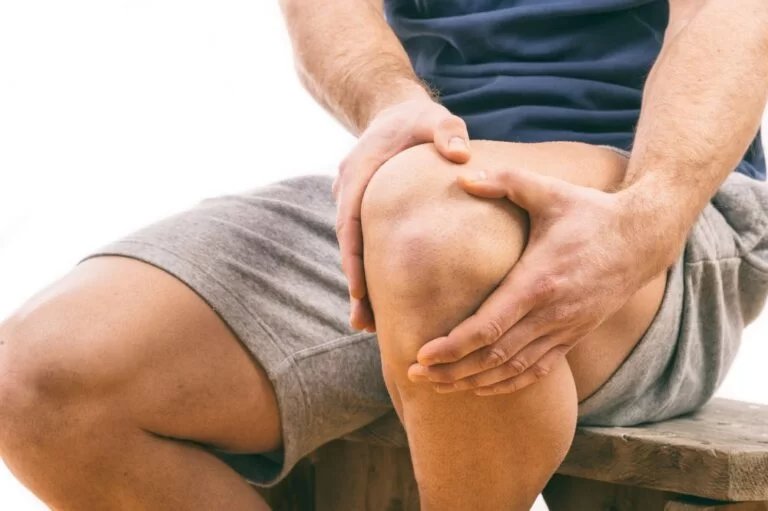
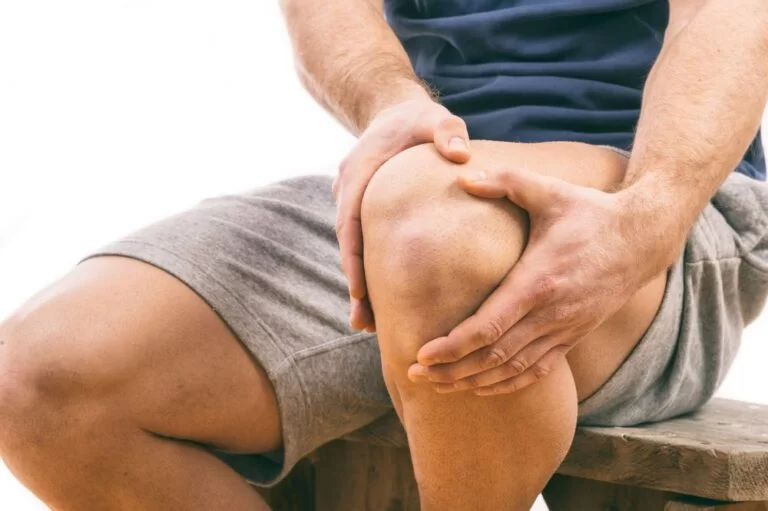
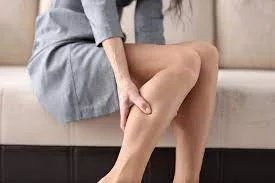
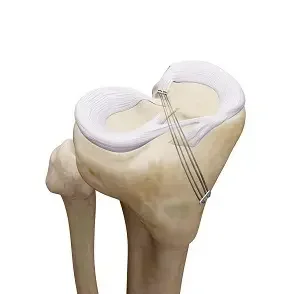

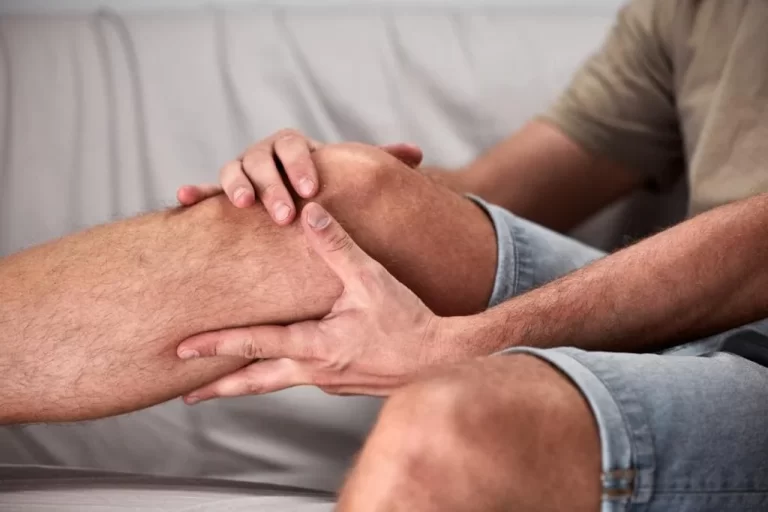
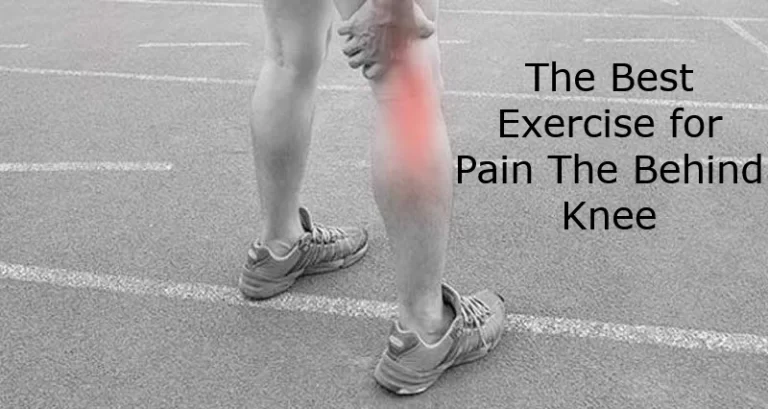
One Comment